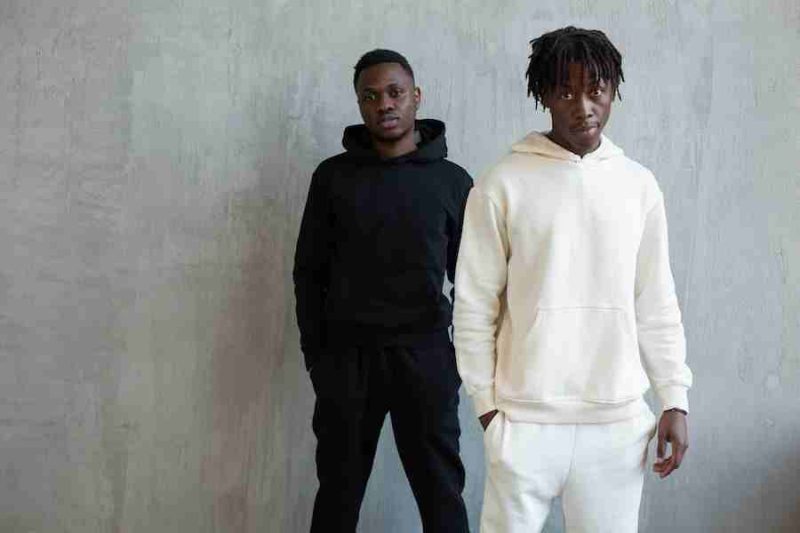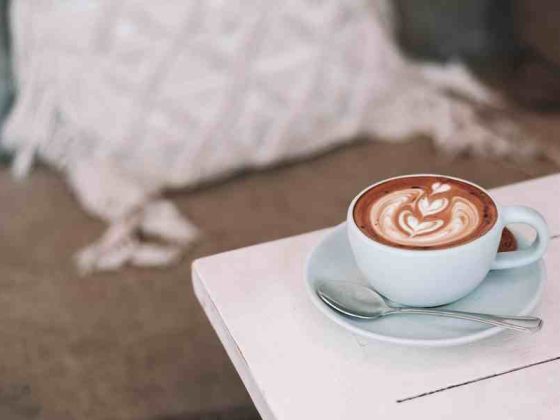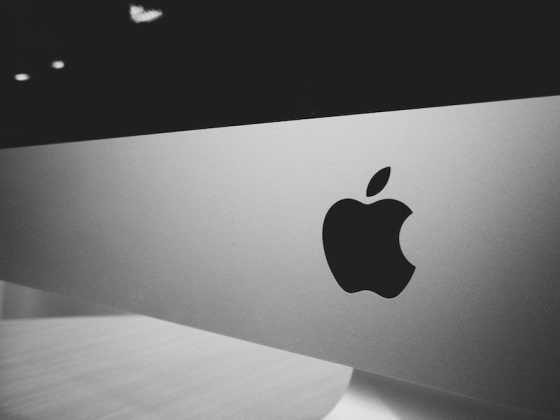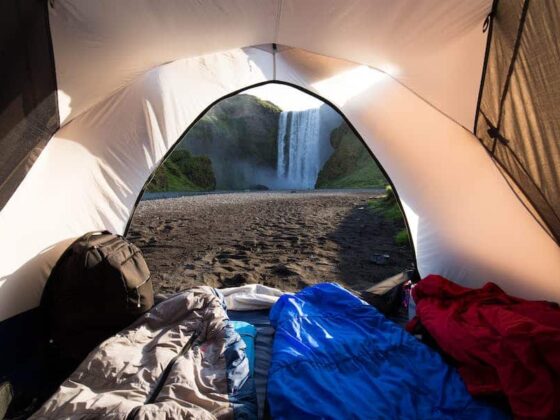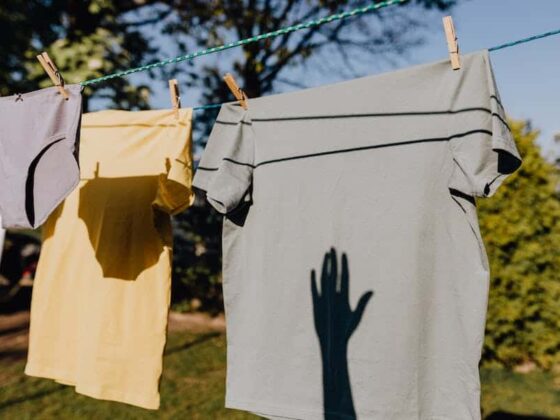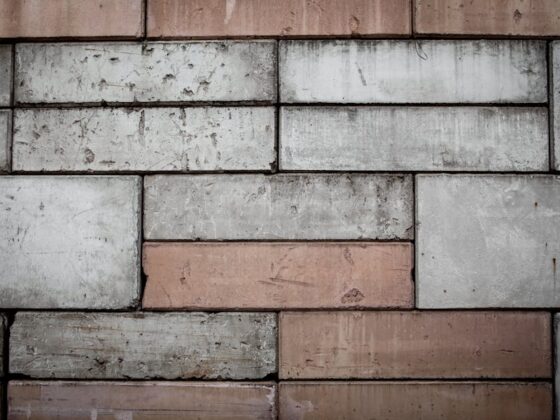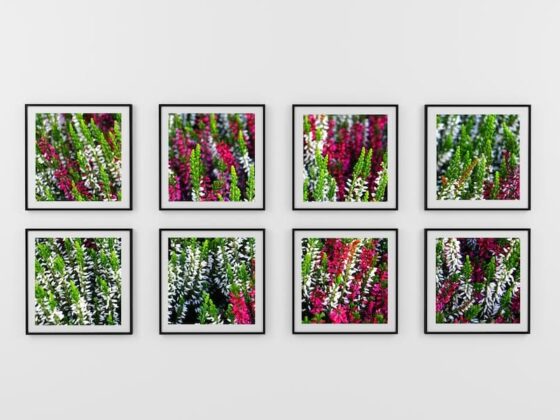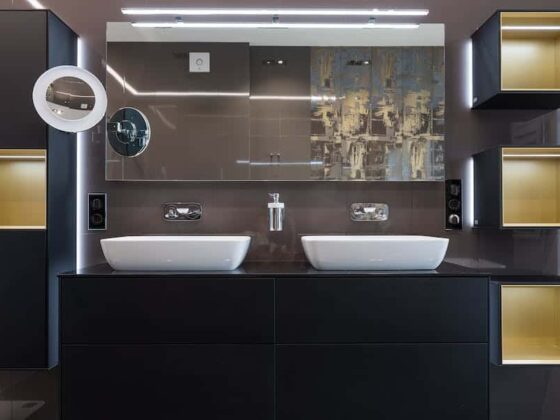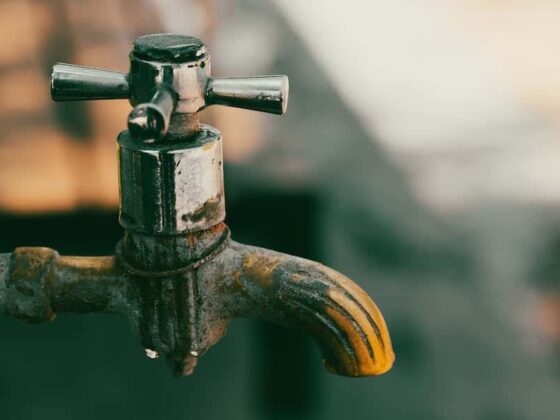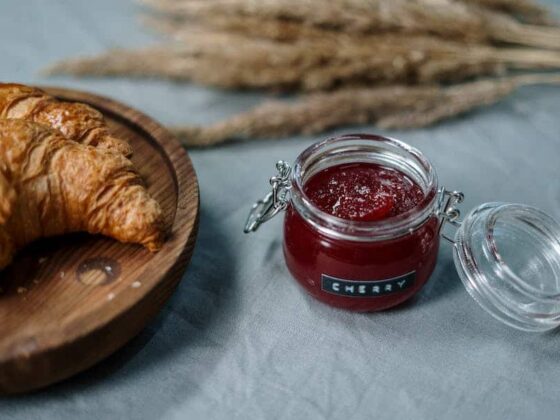Dreadlocks are one of the most iconic hairstyles of all time, with a history that goes back thousands of years. For many, they represent a spiritual and cultural connection to a particular tradition or lifestyle. But why do people get dreadlocks? The answer is complex and varied, with many people choosing to wear them for a variety of reasons. From religious and spiritual beliefs to fashion statements and practicality, dreadlocks can be traced back to various places and cultures around the world, and continue to be a popular hairstyle today. Whether you’re a fan of dreadlocks or are just curious about them, you’ll find a wealth of fascinating information about their history and the meaning behind them. So let’s take a closer look at the history and meaning behind dreadlocks, and find out why people get them.
Why Do People Get Dreadlocks?
- Spiritual/Religious Reasons: Many cultures and religions believe a person’s dreadlocks are a sign of devotion to God or a symbol of spiritual growth. They may also be used as an outward expression of faith.
- Cultural Significance: In some cultures, dreadlocks are seen as a form of self-expression and cultural identity. This is especially true for those of African American descent, whose hair is often used to represent the struggle for freedom and civil rights in the United States.
- Fashion Statement: Many people wear dreadlocks as a fashion statement or to stand out from the crowd. It can be seen as an expression of individual style and creativity.
- Political Statement: Some people wear dreadlocks to make a political statement about their beliefs on issues such as animal rights, environmentalism, or human rights in general.
- Natural Hair Care: Dreadlocks provide an easy way to keep hair clean without using harsh chemicals or other products on it, making it beneficial for those who want to keep their hair looking healthy without using harsh products on it regularly.
- Low Maintenance: Dreadlocks require little maintenance and can last for many years with minimal upkeep, making them ideal for those who don’t have time (or don’t want) to spend hours styling their hair every day!
- Weather Protection: Dreads can help protect your head from the elements like rain or wind since they are tightly woven together and won’t blow around in the wind like loose hair would!
- Comfort: Many people find that having dreads makes them feel more comfortable and confident in themselves since they don’t have to worry about their hair moving around too much when they move their head or body around!
- Cool Factor: Dreads look cool and are often associated with being laid-back, carefree, and creative. This can be appealing to many people who want to express these qualities through their hairstyle!
- Health Benefits: Some studies suggest that having dreadlocks may help reduce stress levels due to the scalp massage that occurs while styling them. Additionally, they may help promote healthy scalp conditions by preventing dirt, dust, and oil buildup on the scalp which can lead to dandruff!
History Of Dreadlocks
- Dreadlocks have been worn by many cultures throughout history, but are most commonly associated with the Rastafari movement.
- The term “dreadlocks” originated in Jamaica in the 1950s and 1960s when they were worn by people of African descent who wanted to express their African identity.
- The hairstyle was also popularized by reggae artists such as Bob Marley, who used it to express his beliefs and faith in Rastafarianism.
- Dreadlocks have been worn by many other cultures throughout history as well, including Ancient Egyptians, Pre-Columbian Aztecs, Native Americans, and Indian Sadhus.
- The hairstyle has also been popularized by celebrities, including Lenny Kravitz, who famously rocked the look in the 1990s.
- Dreadlocks have also been used as a political statement of protest, such as by the Black Panthers in the 1960s and 70s.
- The hairstyle has come to be seen as a symbol of freedom, rebellion, and individuality.
- In recent years, dreadlocks have become a popular hairstyle among people of many different backgrounds and ethnicities.
- The hairstyle has become more socially acceptable and is no longer seen as an expression of a particular faith or culture.
- In some cases, dreadlocks may also be seen as a fashion statement or an expression of personal style.
Types Of Dreadlocks
- Freeform dreadlocks: This is the most common type of dreadlock style. It involves allowing the hair to lock naturally over time without any manipulation.
- Twists and braids: These are two different types of dreadlock styles that involve either twisting or braiding the hair together to create a locking effect.
- Interlocking: This is a method of creating dreadlocks that involves using a crochet hook or needle to interlock sections of hair together, forming a single dreadlock.
- Backcombing: A method of creating dreadlocks that involves using a comb to backcomb sections of hair, forming one or more large locks.
- Dread perms: This is a type of chemical treatment used to create permanent dreadlocks, often used on synthetic extensions or human hair extensions in order to create long-lasting locks without the need for maintenance or regular styling.
- Sisterlocks™: A patented form of micro-dreadlocking created by Dr. JoAnne Cornwell, Sisterlocks™ are smaller than traditional locs and require special tools and training in order to be installed correctly and maintained properly over time.
- Faux locs: Faux locs are synthetic extensions usually made out of kanekalon or Marley hair that can be wrapped around natural hair in order to give it an instant “locked” look without having to wait for your natural hair to grow out and lock up on its own over time (although some people do use faux locs as a way to jumpstart their natural locking process as well).
- Nubian knots: Nubian knots are small, tight knots that can be created by wrapping small sections of natural (or synthetic) hair around itself in order to form individual locks that are much tighter than regular dreadlocks but still maintain some flexibility when styled into different shapes and sizes (such as buns).
- Palm rollers: Palm rollers are metal tubes with spikes on them which are used by rolling them along the length of the strands in order to encourage faster locking and more uniformed looking locks with less effort than other methods such as backcombing or interlocking would require.
- Bantu Knots/Twist Outs/Braid Outs: These three techniques involve either twisting, braiding, or knotting small sections of natural (or sometimes synthetic) hair together in order to give the hair a tighter, more uniform look, and are often used as an alternative to chemical treatments or other more permanent locking methods.
Conclusion
Dreadlocks are one of the most iconic hairstyles of all time, with a history that goes back thousands of years. For many, they represent a spiritual and cultural connection to a particular tradition or lifestyle. And while there are many people who wear dreadlocks for cultural reasons, there are many who wear dreadlocks for aesthetic reasons. Whether you’re a fan of dreadlocks or are just curious about them, you’ll find a wealth of fascinating information about their history and the meaning behind them in this article.
